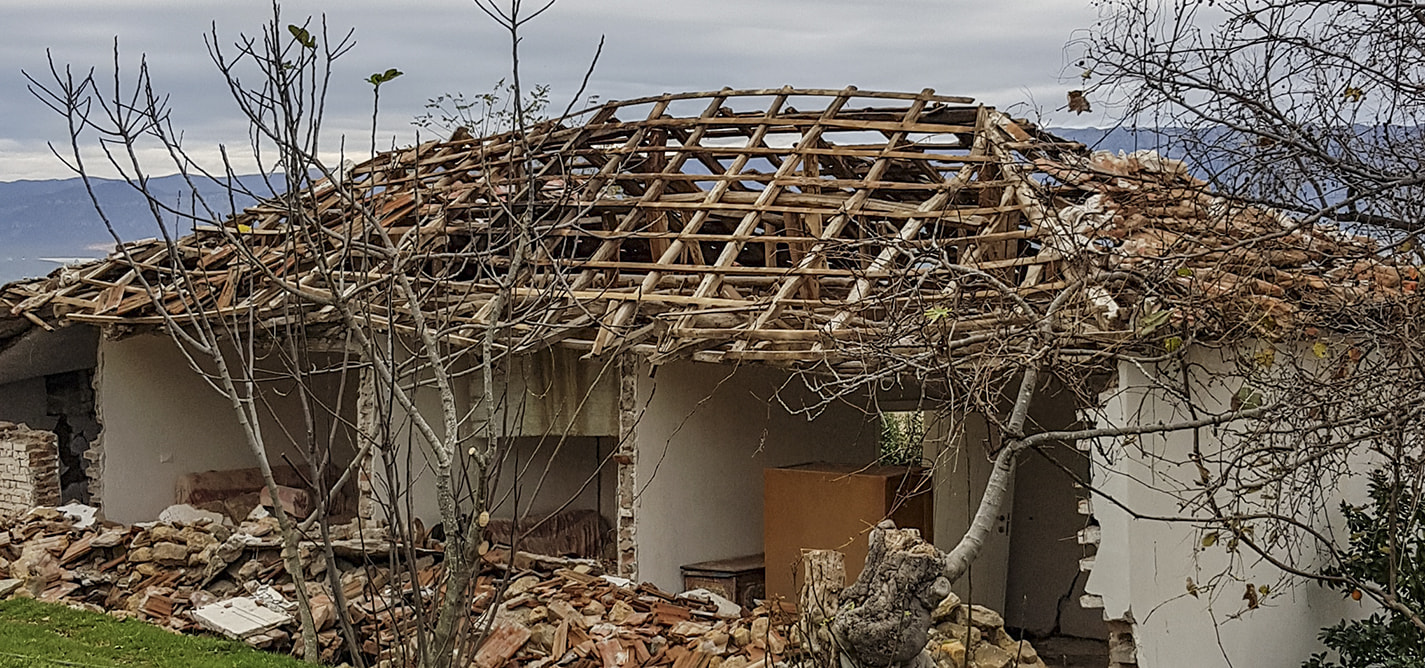
True earthquake destruction unfolds as Albania mourns its dead
Counting the costs, one week after 6.4 magnitude quake.
|04.12.2019
|
Bardhi remembers recycling old bricks from an abandoned state-owned building when he laid the first floor.
"Taking out the animals from the wreckage, it felt strange, like it was human bodies down there."
Mark Doda, farmer
Ervin Qafmolla
Ervin Qafmolla is a Tirana-based journalist and communication specialist. He has worked as a reporter and editor for some of the main media in Albania and Kosovo. His involvement in journalism dates back to the early 2000s, when along with other students at the Agriculture University of Tirana, he co-founded the students’ newspaper. A keen believer in well-grounded, insightful storytelling, his main areas of work include finance and economy, social affairs and violent extremism.
This story was originally written in English.